Veterans of Ngoc Trao commune visit the traditional house of Ngoc Trao war zone.
Earth-shattering
Thanh Hoa belonged to Central Vietnam, a protectorate of French colonialism, the lives of the majority of the people fell into misery. Although many patriotic movements against the French took place continuously, due to lack of leadership, they all failed one after another.
The birth of the Communist Party of Vietnam on February 3, 1930 was a historical necessity, ending the crisis in the path of national salvation, opening the right revolutionary path: national liberation in the direction of proletarian revolution. Just over 5 months later, the Thanh Hoa Provincial Party Committee was established on July 29, 1930. To prepare for a general uprising when the opportunity came, along with building and developing the political forces of the masses; the government and the Thanh Hoa Party Committee soon realized the importance of building the armed forces.
During the period of 1936-1939, in the province, the Party Committee built many worker-peasant self-defense teams, "making the self-defense teams large and large, brave, calm, clever and self-sacrificing enough to protect the masses". Notably, at the Thanh Hoa Provincial Party Committee Conference held in Phong Coc village in February 1941, it was decided to continue promoting the revolutionary movement in the province, responding to the Bac Son uprising (September 1939) and Nam Ky uprising (November 1940). At the same time, it was determined that one of the key tasks was to establish and develop self-defense teams and guerrilla teams, moving towards armed struggle.
Implementing the Resolution of the Party Congress, in districts such as Tho Xuan, Thieu Hoa, Yen Dinh, Vinh Loc, Thach Thanh, Ha Trung, Hoang Hoa (old), the revolutionary movement developed strongly, most villages and communes built national defense teams. In many places, at night, the defense teams raised high the red flag with yellow star, divided into squads to practice and organize military exercises. On the basis of the defense teams, the communist soldiers selected people with the spirit of suicide, absolute respect for discipline, and the ability to organize and mobilize the people to build guerrilla squads and many villages built the first guerrilla squads in the province.
Political struggle alone is not the most effective method; armed struggle is the most effective method. The birth of guerrilla squads marked a new step in the development of Thanh Hoa's revolutionary armed forces.
The first guerrilla base in the country
In response to the demands of revolutionary practice, in June 1941, the Thanh Hoa Provincial Party Committee convened a conference in Phuc Tinh village, Yen Thinh commune (now Yen Ninh commune) to discuss the promotion of base construction. The conference assigned provincial Party Committee members in charge of districts to carry out the task of promoting the construction of revolutionary bases. Accordingly, "comrades Tran Bao, Hoang Si Oanh, Nguyen Mau Sung..., in charge of Tho Xuan, Nong Cong, Nhu Xuan (old) areas, built revolutionary bases at Yen My plantation and established contact with the Central Region Party Committee; comrades Dang Chau Tue, Dang Van Hy, Trinh Huy Lan, in charge of building revolutionary bases in Vinh Loc, Thach Thanh, Ha Trung (old) areas and established contact with the Northern Region Party Committee; comrades Le Huy Toan, Trinh Ngoc Phoc, in charge of building the rear, ready to support the revolutionary bases".
Ngoc Trao - a village with many conditions to meet the requirements for building a revolutionary base to build the first guerrilla war zone in the country. Because this place has a strategic location, although far from the provincial capital, it is a place where "advance can attack, retreat can defend" (advance can attack, retreat can defend), the terrain is dangerous with many gently sloping hills in the shape of an arc, mixed with rocky mountains and forests. This is also the place that Leader Tong Duy Tan chose as a base for the insurgents to fight against the French in the late 19th century.
Since its establishment (September 19, 1941), the Ngoc Trao guerrilla team had 21 members, organized into 3 squads, with comrade Dang Chau Tue as Commander. This was the first separated military force, with tight organization and structure, wearing peasant clothes, with woven bags, green leggings; each soldier was equipped with a sharp knife, cadres were equipped with flintlock guns... All team members swore to be ready to sacrifice and fight to the end for the cause of national liberation.
After its establishment, the Command of the war zone advocated the development of forces, increasing the number of guerrilla troops to 500 soldiers. Therefore, a number of young students were introduced by revolutionary organizations to join the war zone. Many young people from the provinces of Ninh Binh, Nghe An, Ha Tinh, Thai Binh (old),... came to Ngoc Trao to join the force.
The birth of the Ngoc Trao guerrilla team marked the next step in the development of the Thanh Hoa Armed Forces. With a tight organization and thorough training, the Ngoc Trao guerrilla team "deserved to be the first armed worker-peasant army of the Party Committee and the People of Thanh Hoa" (Book History of the Party Committee and Revolutionary Movement of Ngoc Trao Commune, 1930-2017).
However, after discovering the activities of the Ngoc Trao guerrilla team, the French colonialists and their puppet government carried out repression, causing the Ngoc Trao guerrilla team and war zone to disintegrate, and the Thanh Hoa revolutionary movement encountered many difficulties.
"Despite the failure, the birth of Ngoc Trao resistance base clearly affirmed that the Vietnamese revolution had entered a new phase. Previously, people had resigned themselves to being slaves, but at this stage, people rose up to attack and seize enemy offices to regain power," veteran Do Van Bon, former Secretary of the Ngoc Trao Commune Party Committee, affirmed.
The failure of the Ngoc Trao resistance base did not shake our spirit, on the contrary, "Your chains cannot lock/ The sky is full of birds and the ground is full of flowers/ Your guns and bullets cannot shoot/ Our people love their country and their home" (Nguyen Dinh Thi). Under the leadership of the Party Committee and the Viet Minh Provincial Committee, the whole province rose up in a very enthusiastic movement to fight the enemy and save the country. The Viet Minh Front in the prefectures, districts and towns was established one after another, and national salvation organizations developed extensively. In particular, to turn the Resolution of the Provincial Party Committee into reality, on September 15, 1944, the Viet Minh General Committee issued the directive "Preparing for the uprising" to urge localities to urgently build, consolidate and develop self-defense teams, guerrilla teams, and purchase weapons...
Entering 1945, in order to urgently prepare for the general uprising, the movement to build revolutionary armed forces in localities became a widespread movement. All districts in the province established self-defense teams to fight terrorism and protect the revolution, the revolutionary armed forces took a new step forward. In addition to the directive "Procure weapons to chase the common enemy" to equip the self-defense teams; the military training movement (martial arts, shooting, guerrilla training...) continuously took place day and night in almost all localities; the armed forces actively patrolled and guarded, supporting the movements to fight against forced labor, conscription, against uprooting rice to grow jute...
On July 24, 1945, under the leadership of the Provincial Party Committee and the Hoang Hoa District Party Cell, the self-defense force and the mass forces rose up to seize power. This was the first partial uprising in Thanh Hoa to win, strongly encouraging other localities in the province to carry out revolutionary power grabs throughout the province.
On the night of August 18 and early morning of August 19, 1945, the Provincial Party Committee launched a general uprising to seize power. In that spirit, the self-defense forces and local people rose up to fight to overthrow the pro-Japanese government and regain power for the people. By the end of August 1945, the revolutionary government system had been established throughout the province.
Recalling this moment 80 years ago, Mr. Dinh Ngoc Mai, born in 1925, a pre-uprising cadre of Sao Vang commune, Thanh Hoa province, originally from Trung Chinh commune, Nong Cong district (old) remembers very clearly: “Nong Cong had prepared carefully for the general uprising. Since March 1945, 3 self-defense platoons of Minh Khoi, Tan Ninh, and Trung Chinh communes had been established and were well-trained. On the evening of August 20, 1945, 3 self-defense platoons were fully equipped with swords and knives, along with a large number of people, marched to liberate Nong Cong district. The government officials had to surrender, handing over books and papers to the revolutionary forces. On the morning of August 21, 1945, the people were happy and excited, carrying red flags with yellow stars around Nong Cong district.”
"Gunfire shook the sky with anger/ People rose up like water bursting its banks/ Vietnam rose from blood and fire/ Shaking off the mud, shining brightly" (Country, Nguyen Dinh Thi), the August Revolution opened a new era - the era of freedom, independence and gave birth to the Democratic Republic of Vietnam. The August Revolution only "lasted for twenty days" but it took more than 20 years to prepare forces so that each citizen could be free and the country could be independent. 80 autumns have passed, reading the golden pages of the nation's history, meeting the pre-uprising cadres, we feel like we are living in that heroic atmosphere to continue to multiply our pride as children of Vietnam.
Article and photos: Chi Anh
Source: https://baothanhhoa.vn/dau-tranh-vu-trang-nbsp-con-duong-de-ru-bun-dung-day-sang-loa-258676.htm


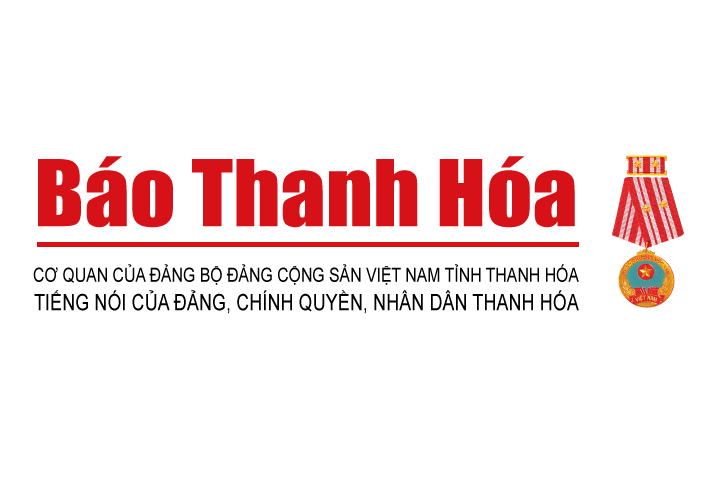
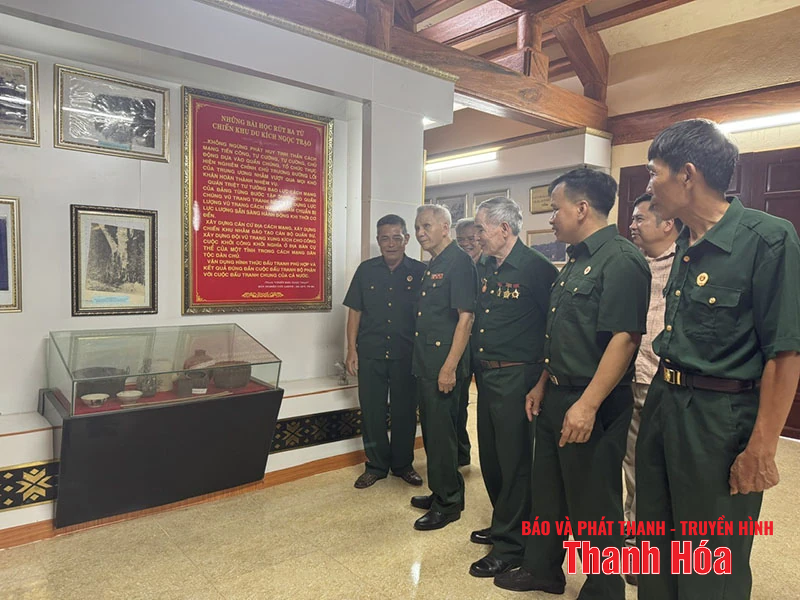
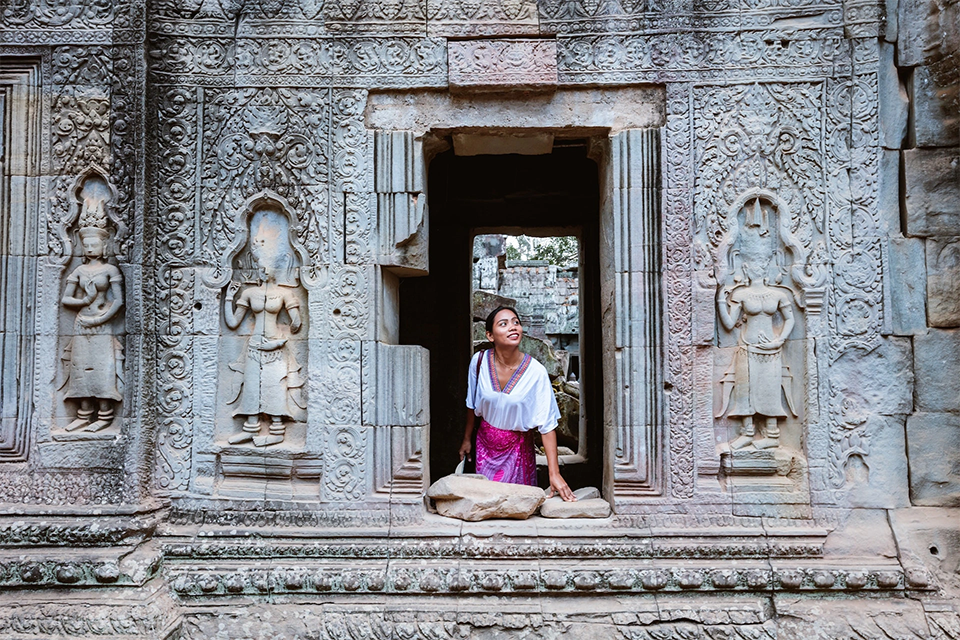


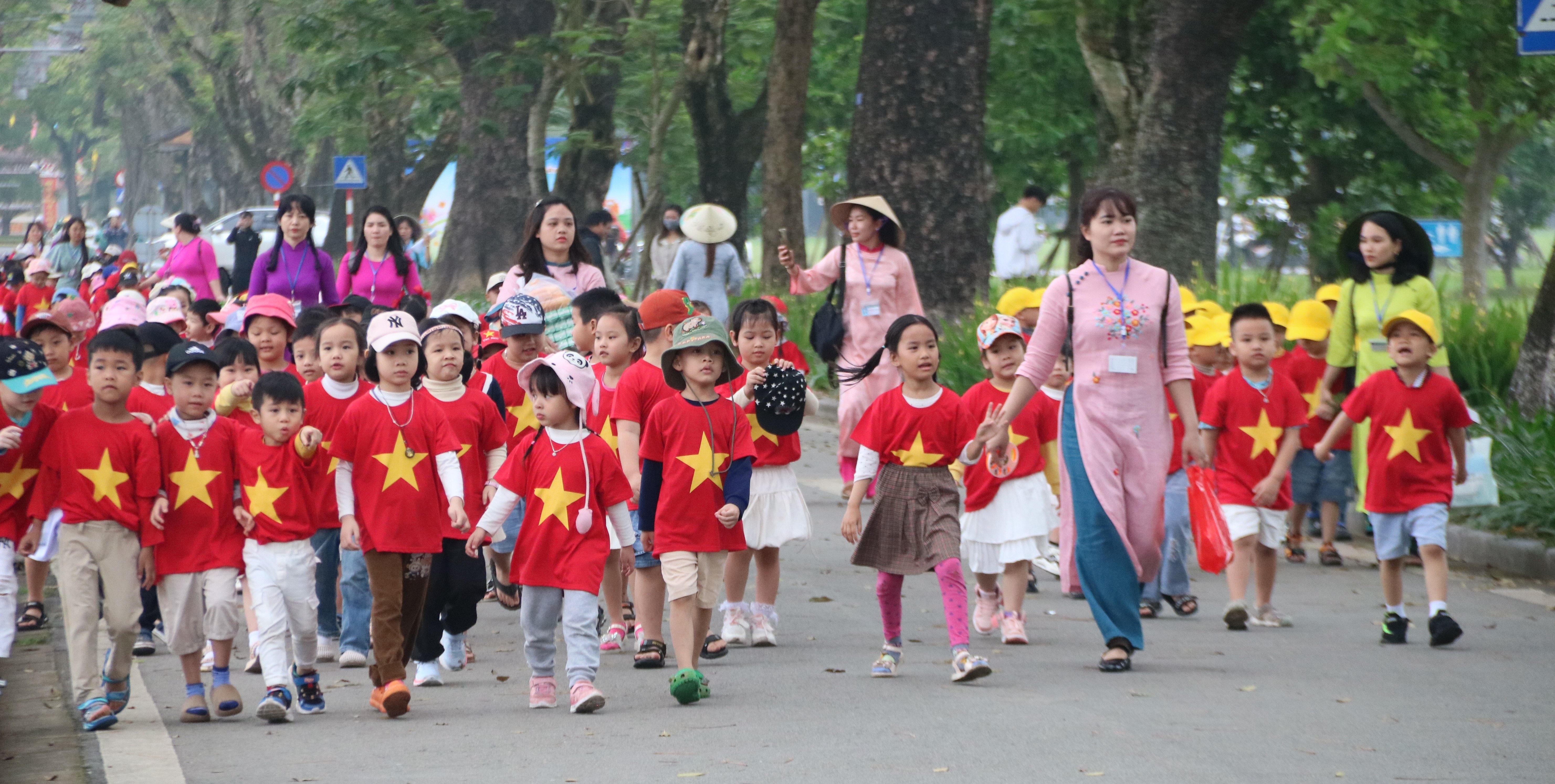




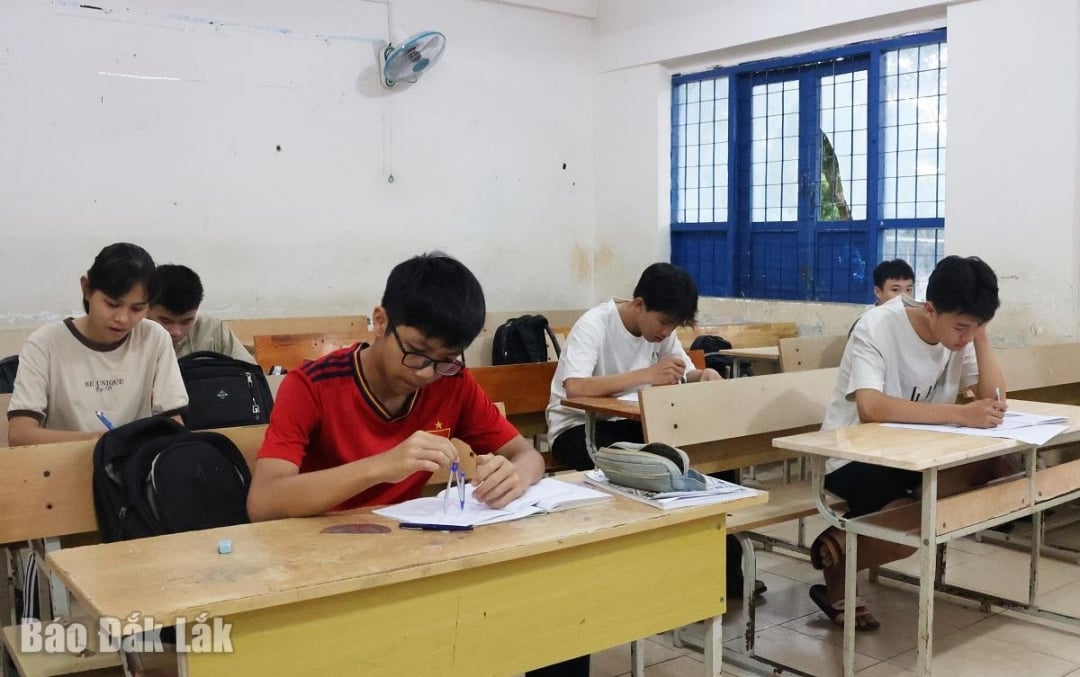
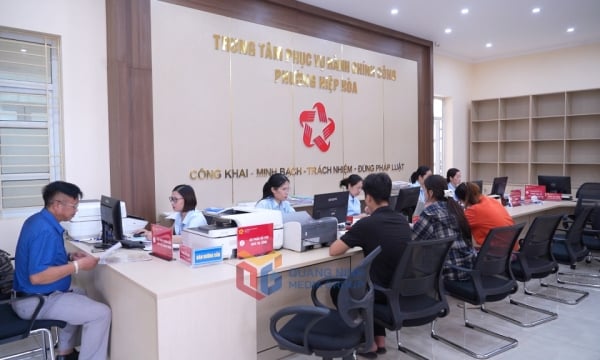










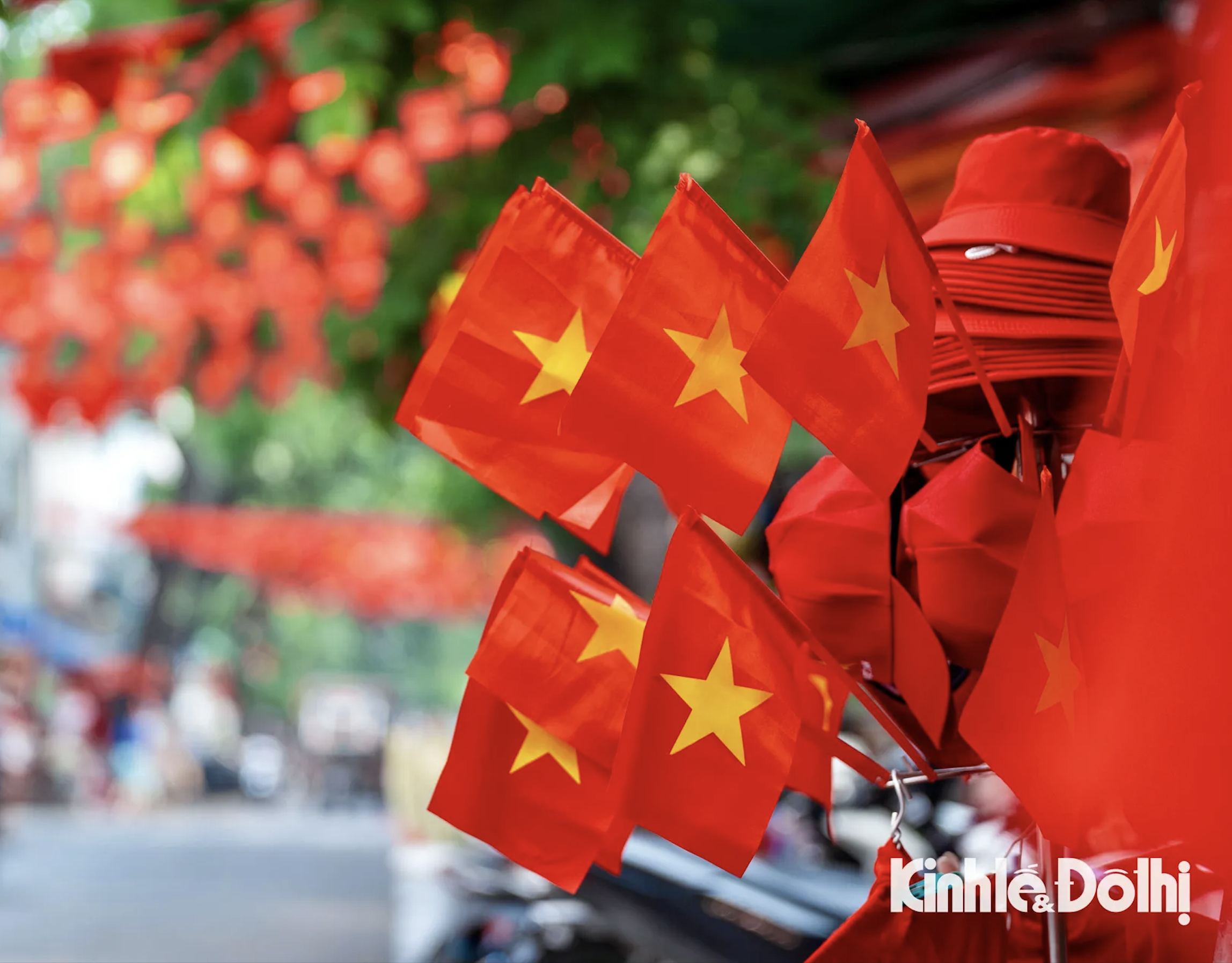
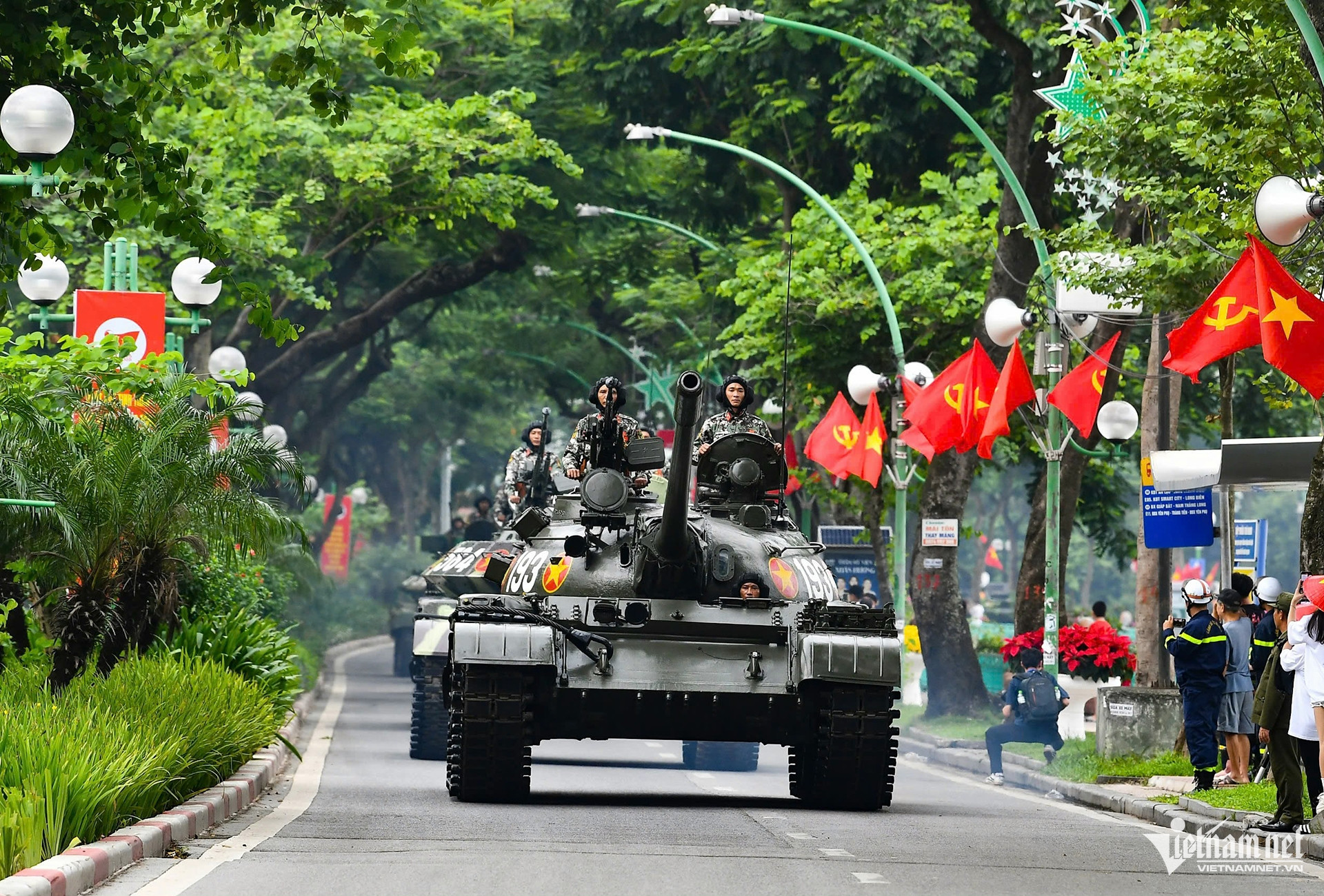
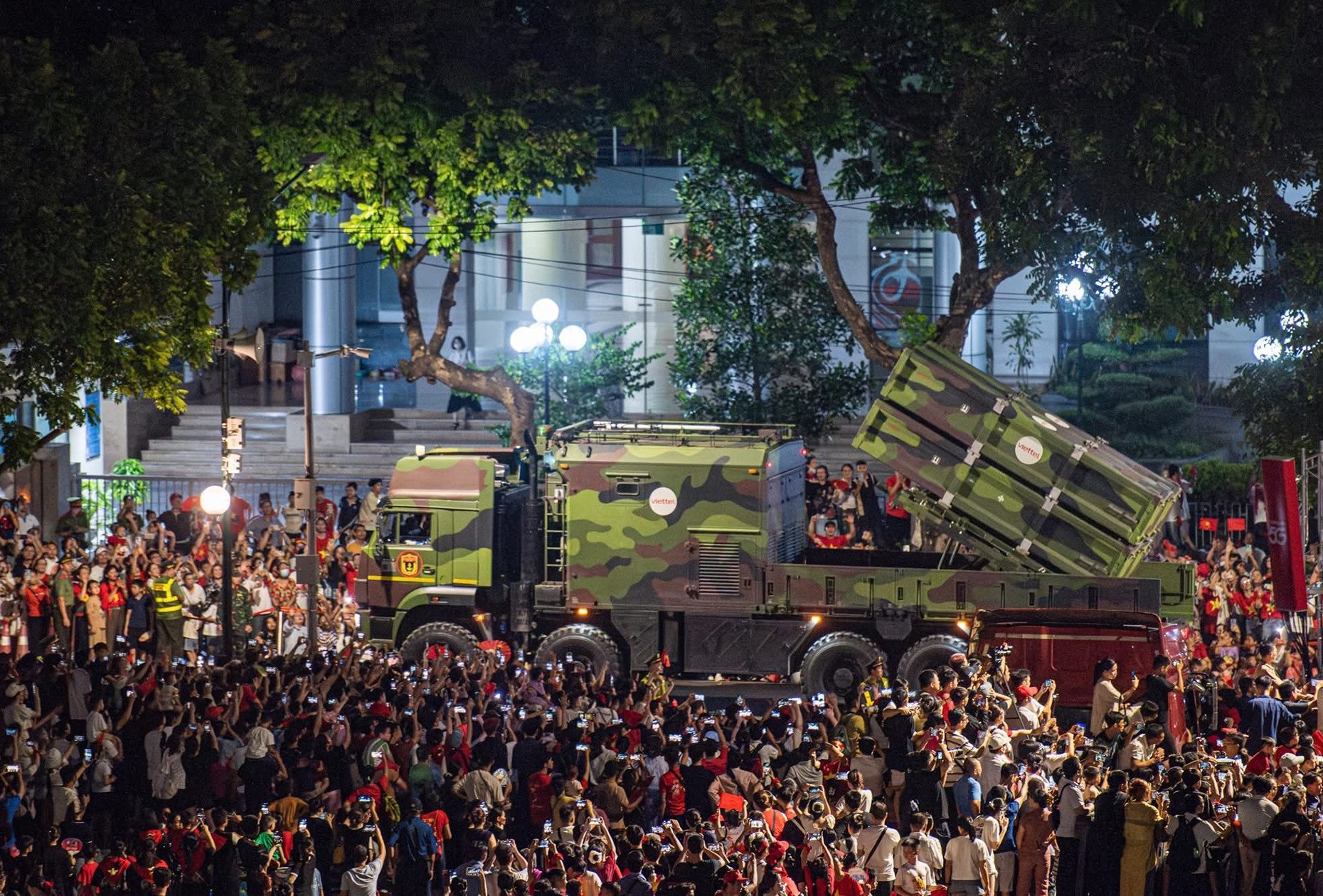
![[Photo] Scientific workshop "Trade unions with the task of participating in state management and building a socialist rule of law state"](https://vstatic.vietnam.vn/vietnam/resource/IMAGE/2025/8/22/789f6384ec37466098a8bcb531deb281)

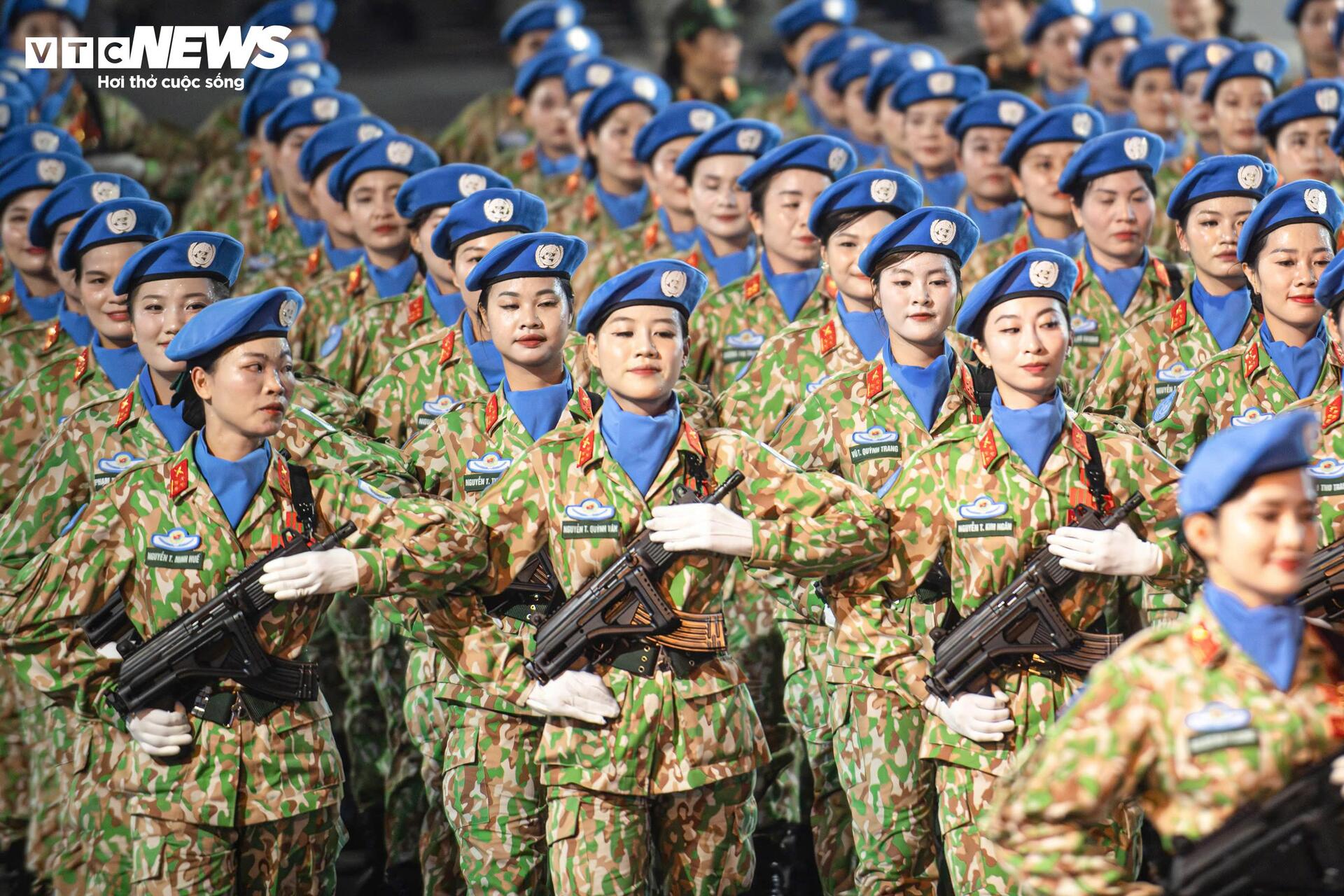
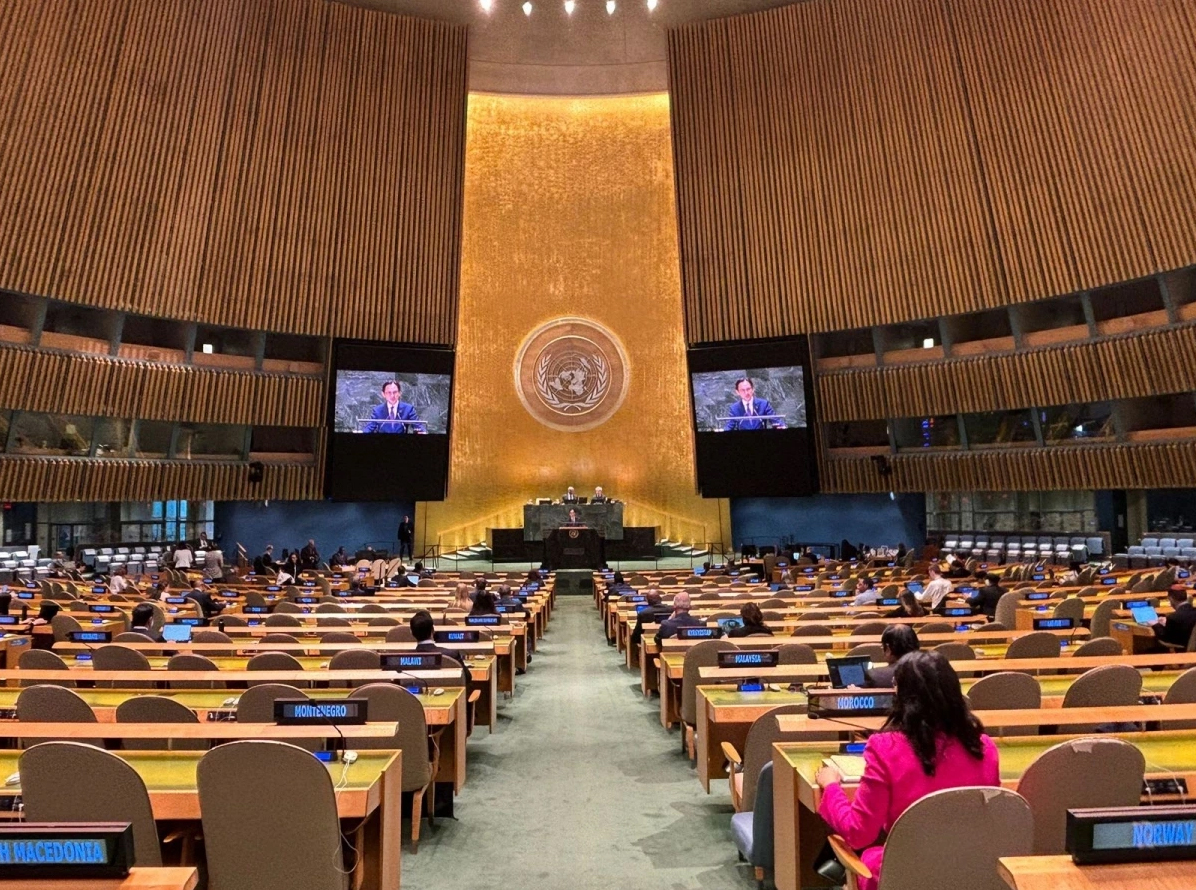
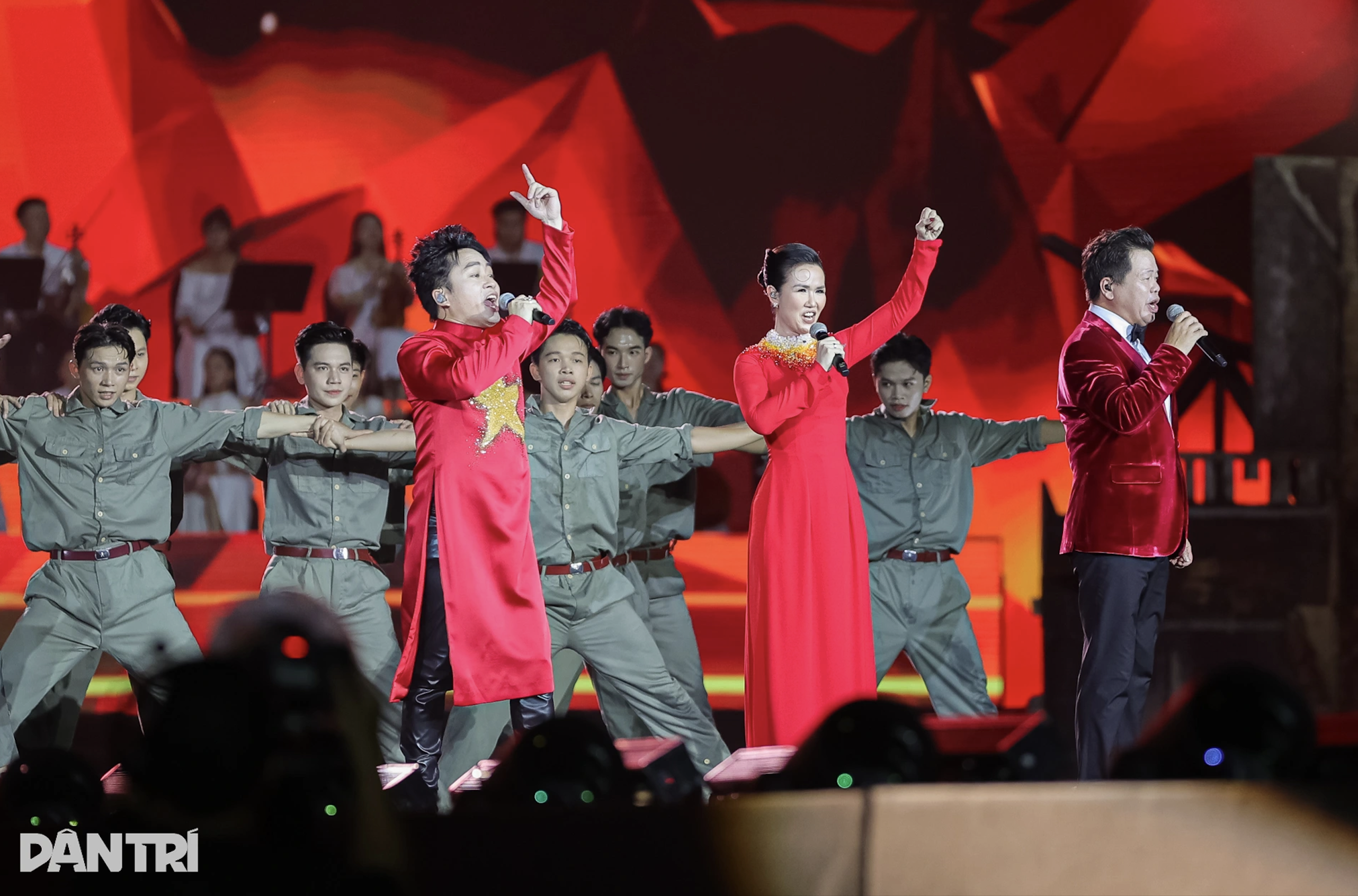
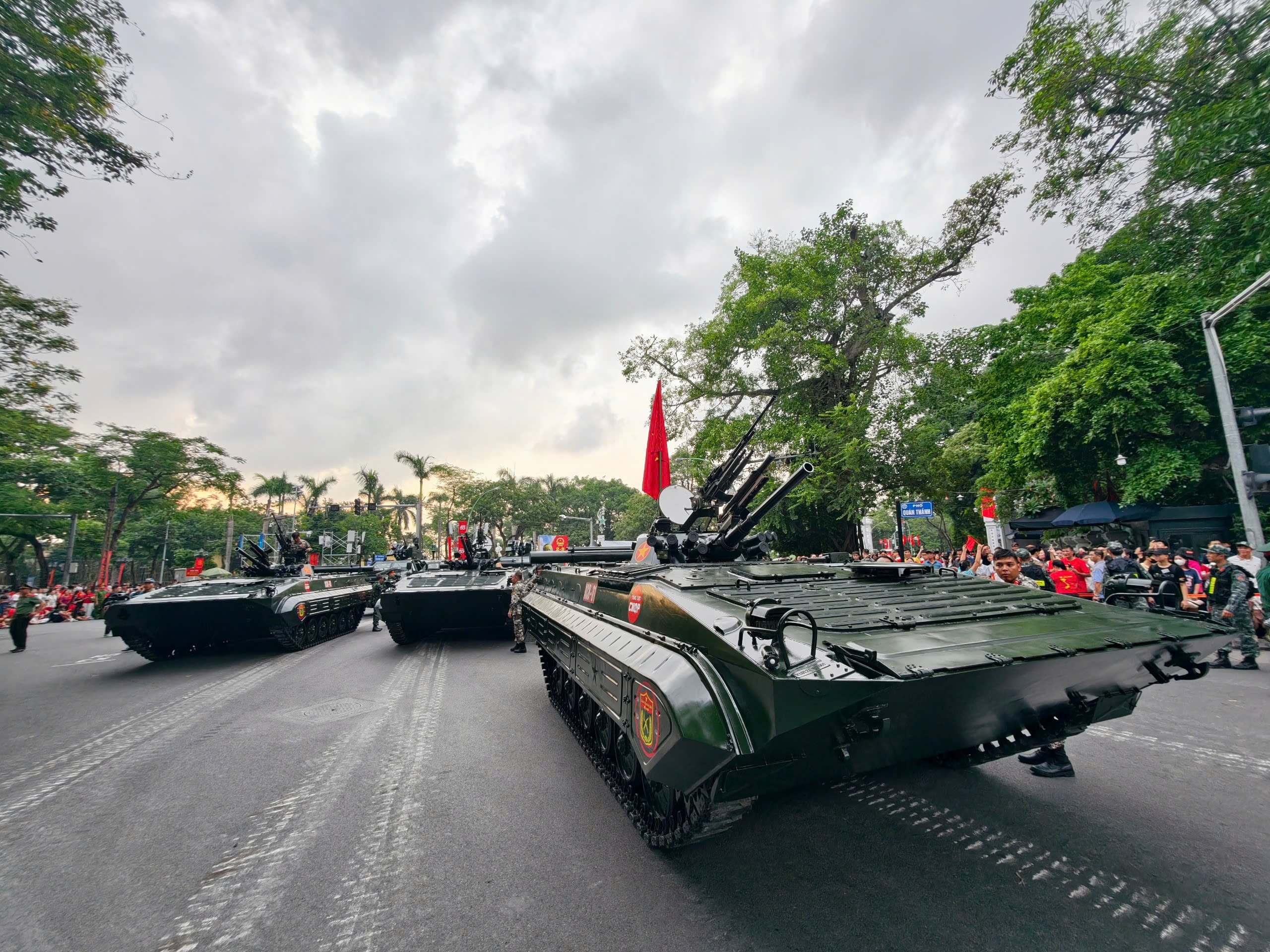
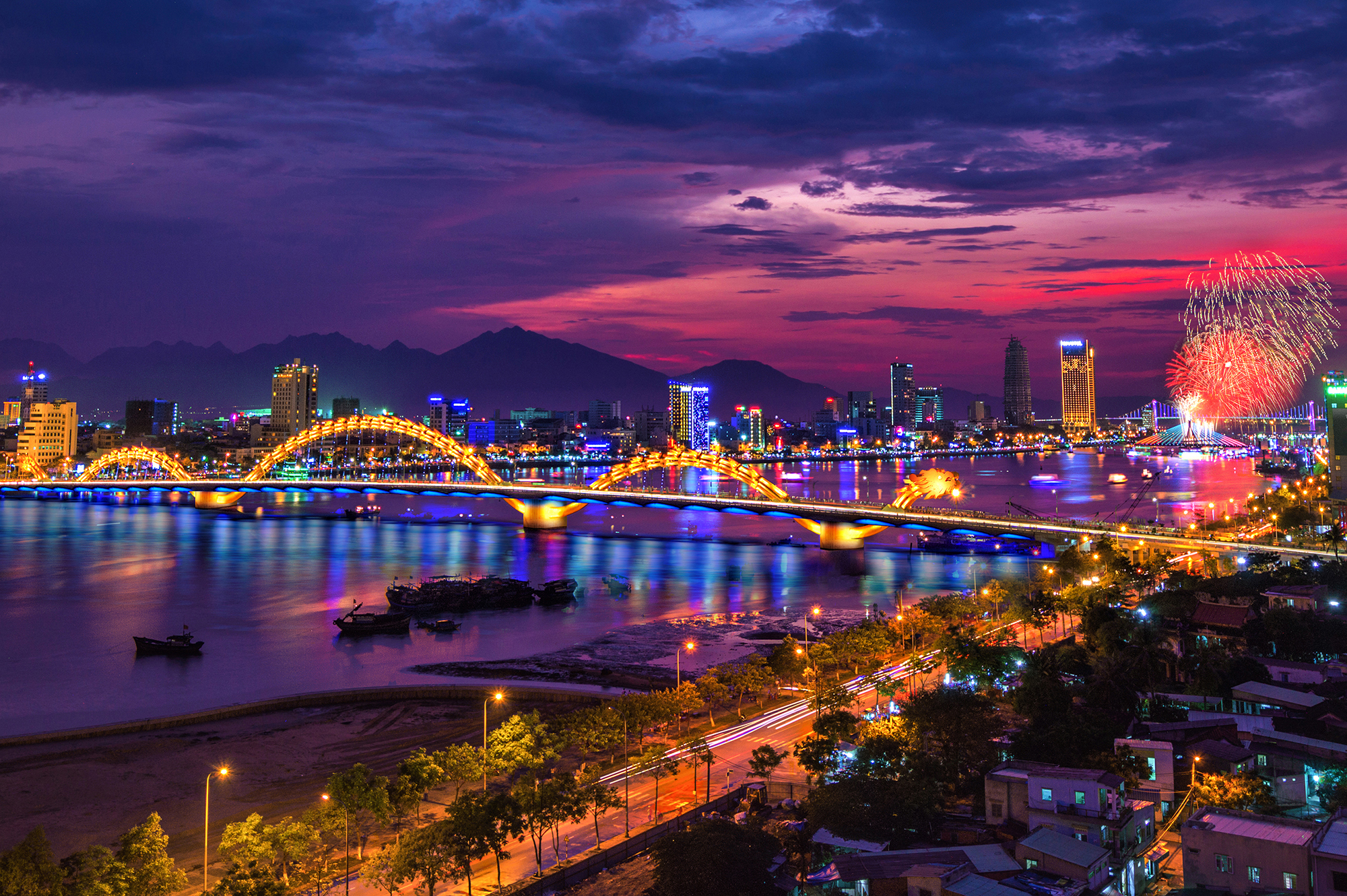













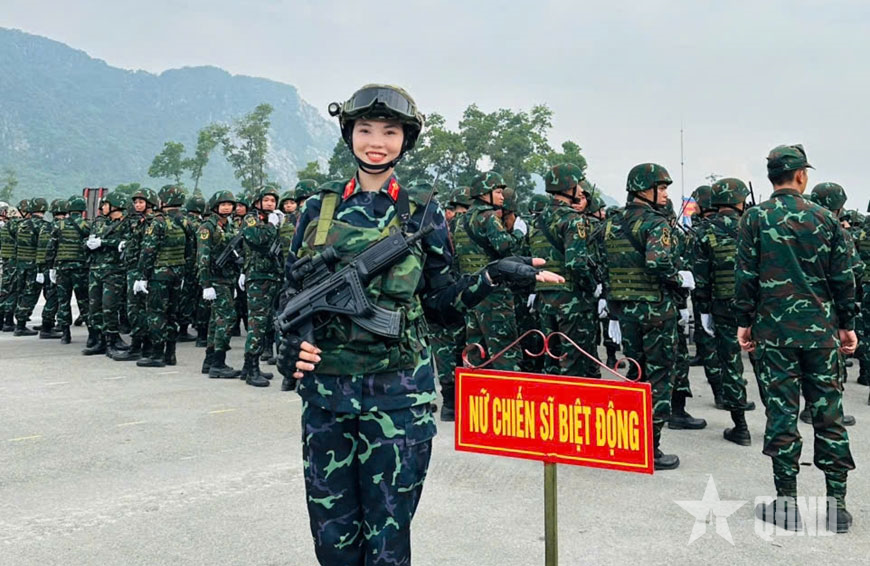


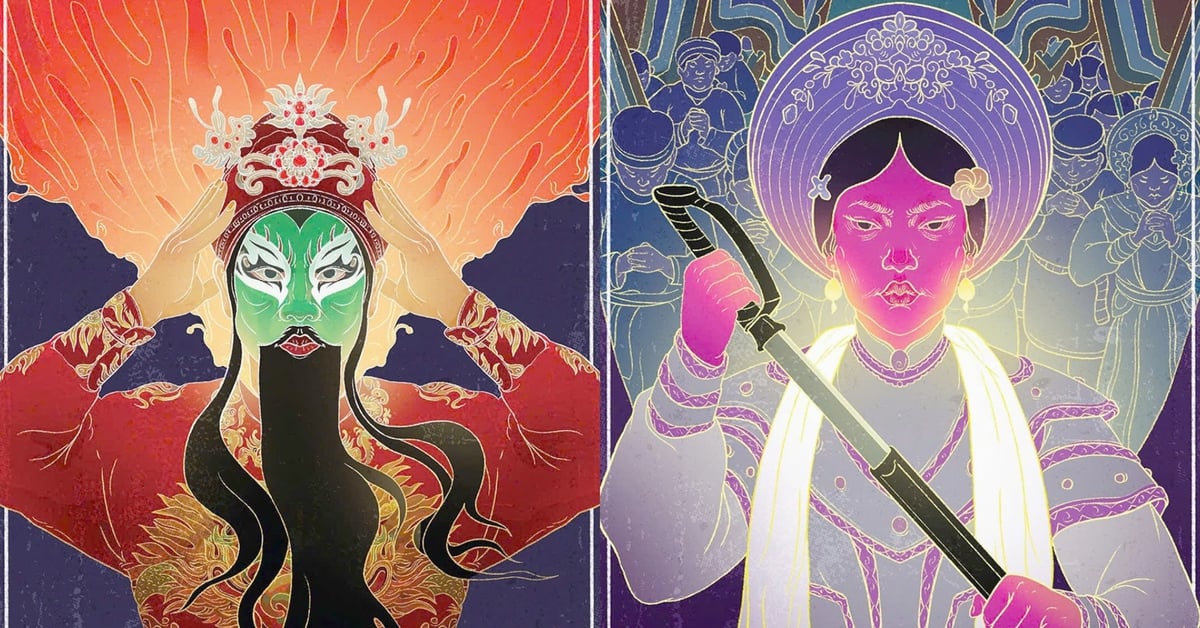


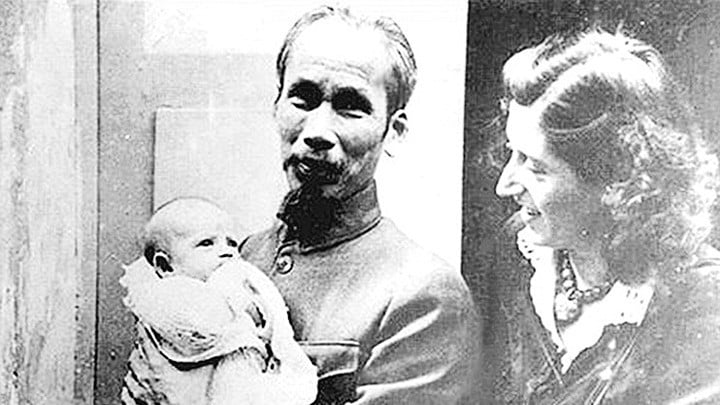








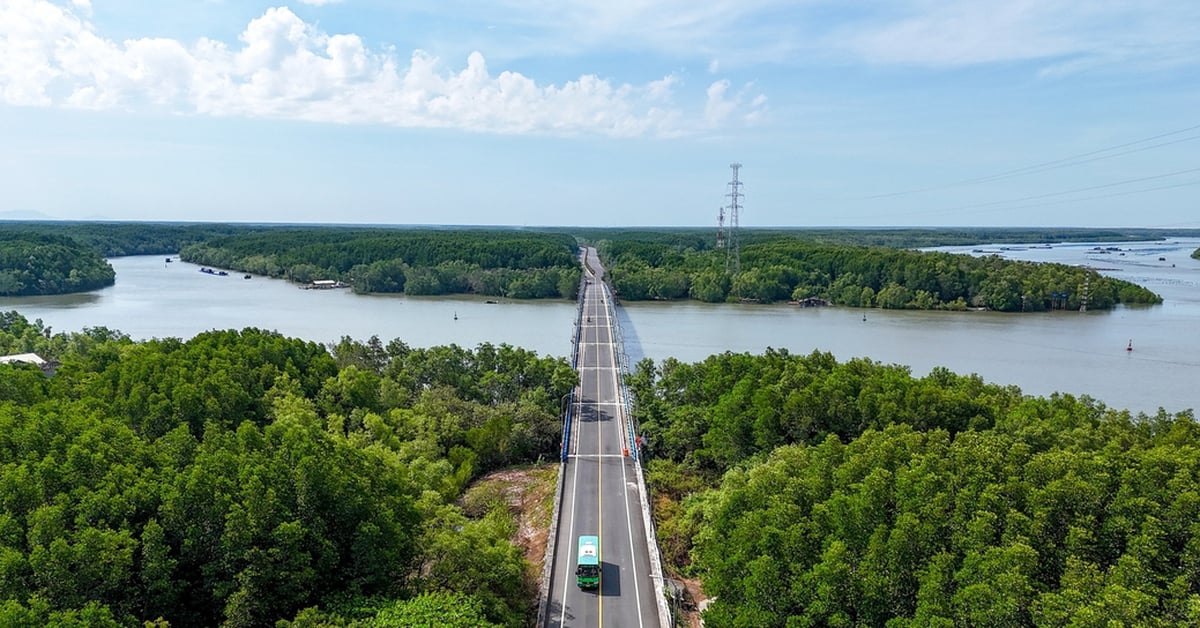



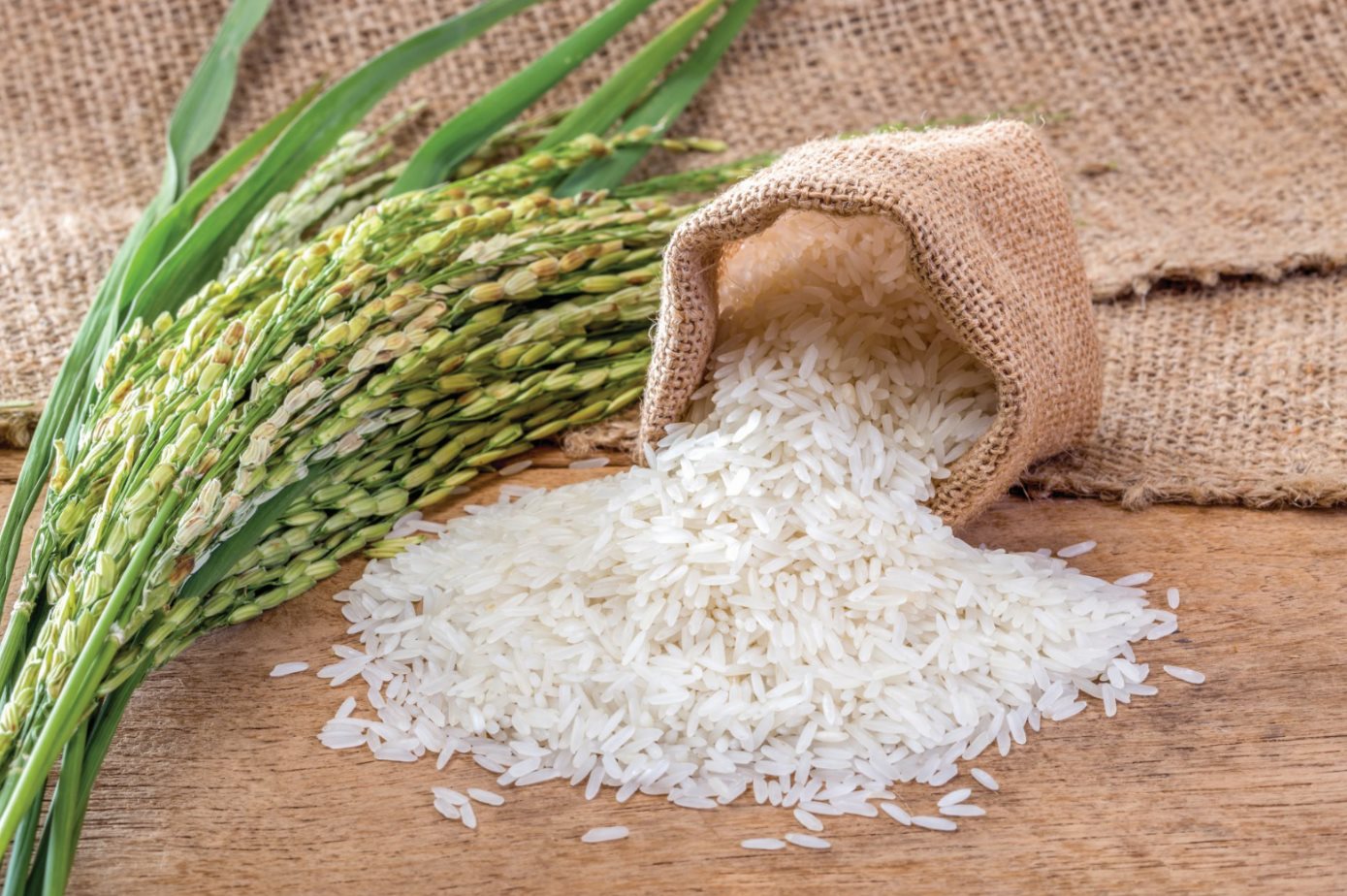


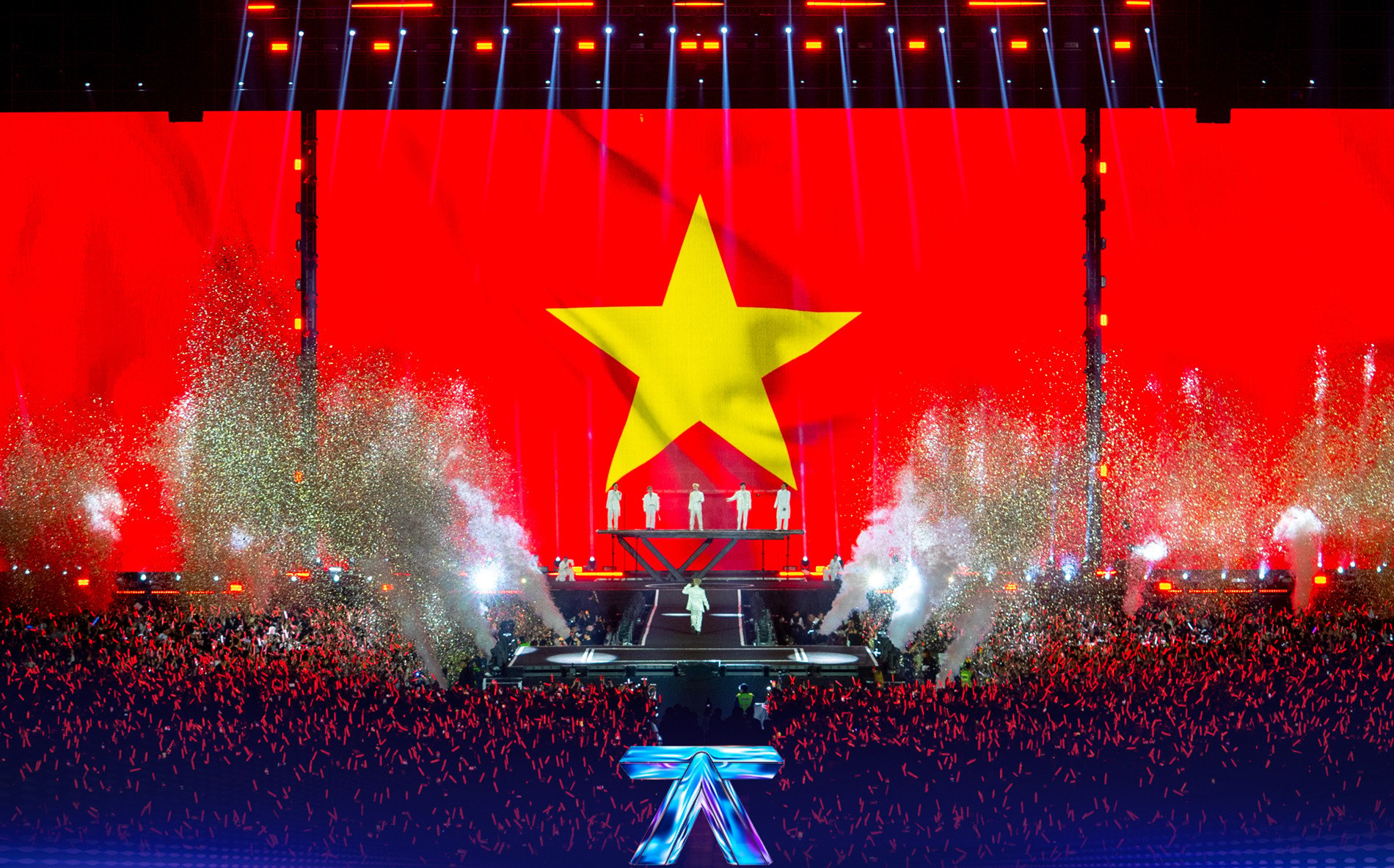
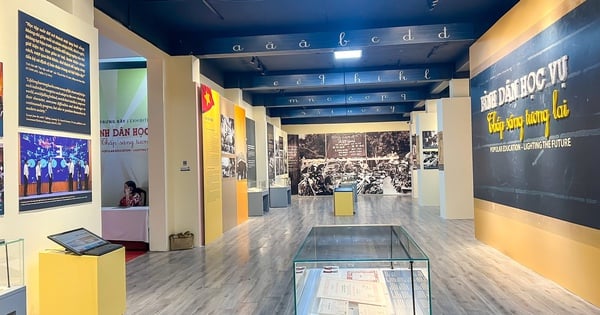

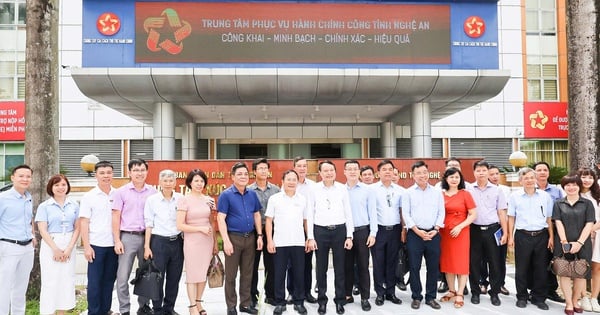

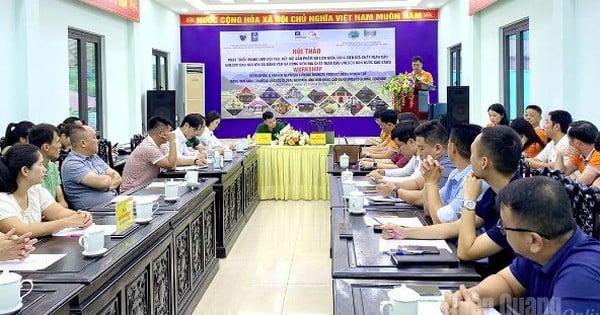
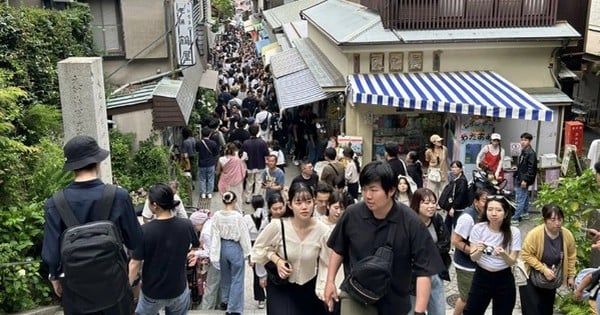

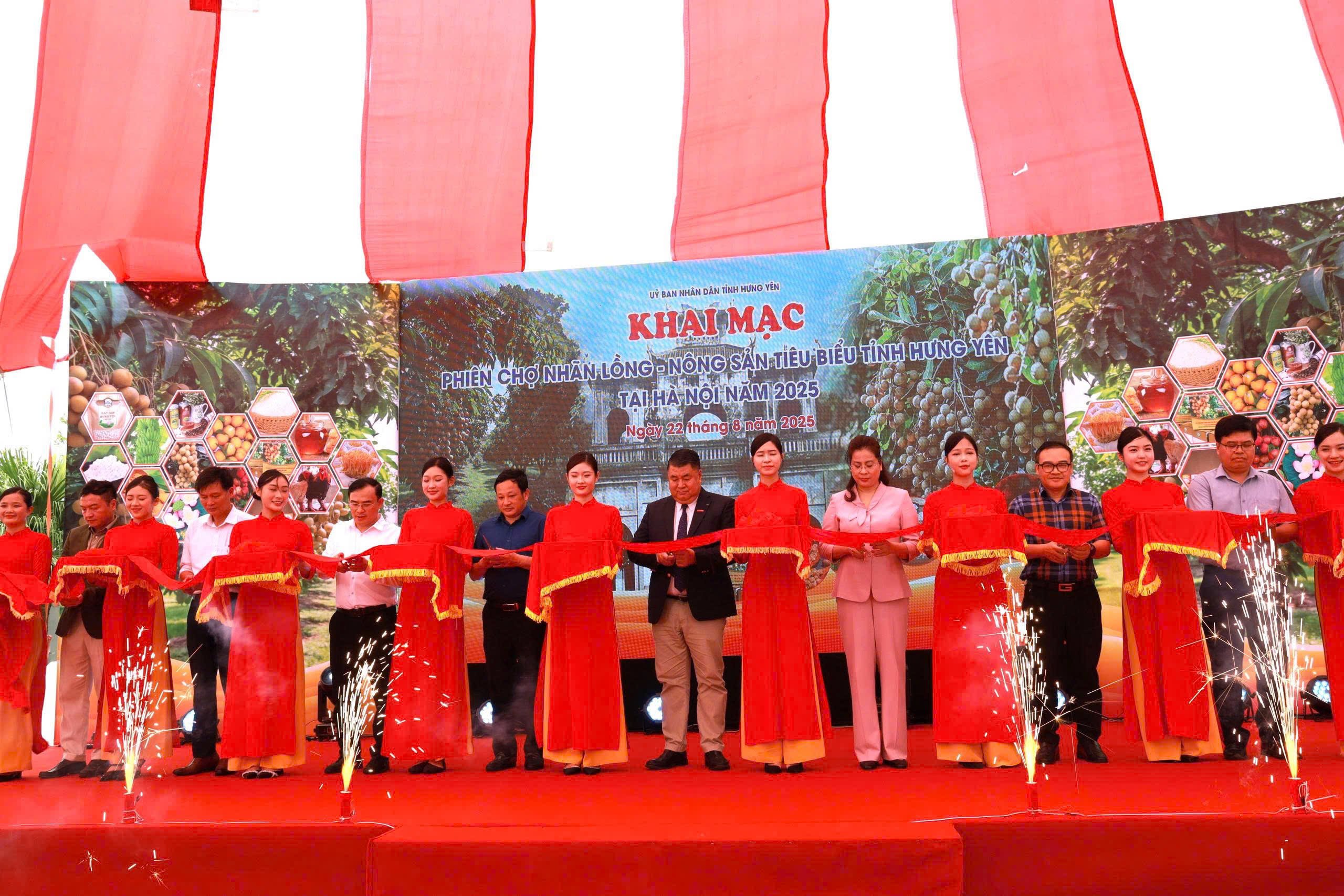














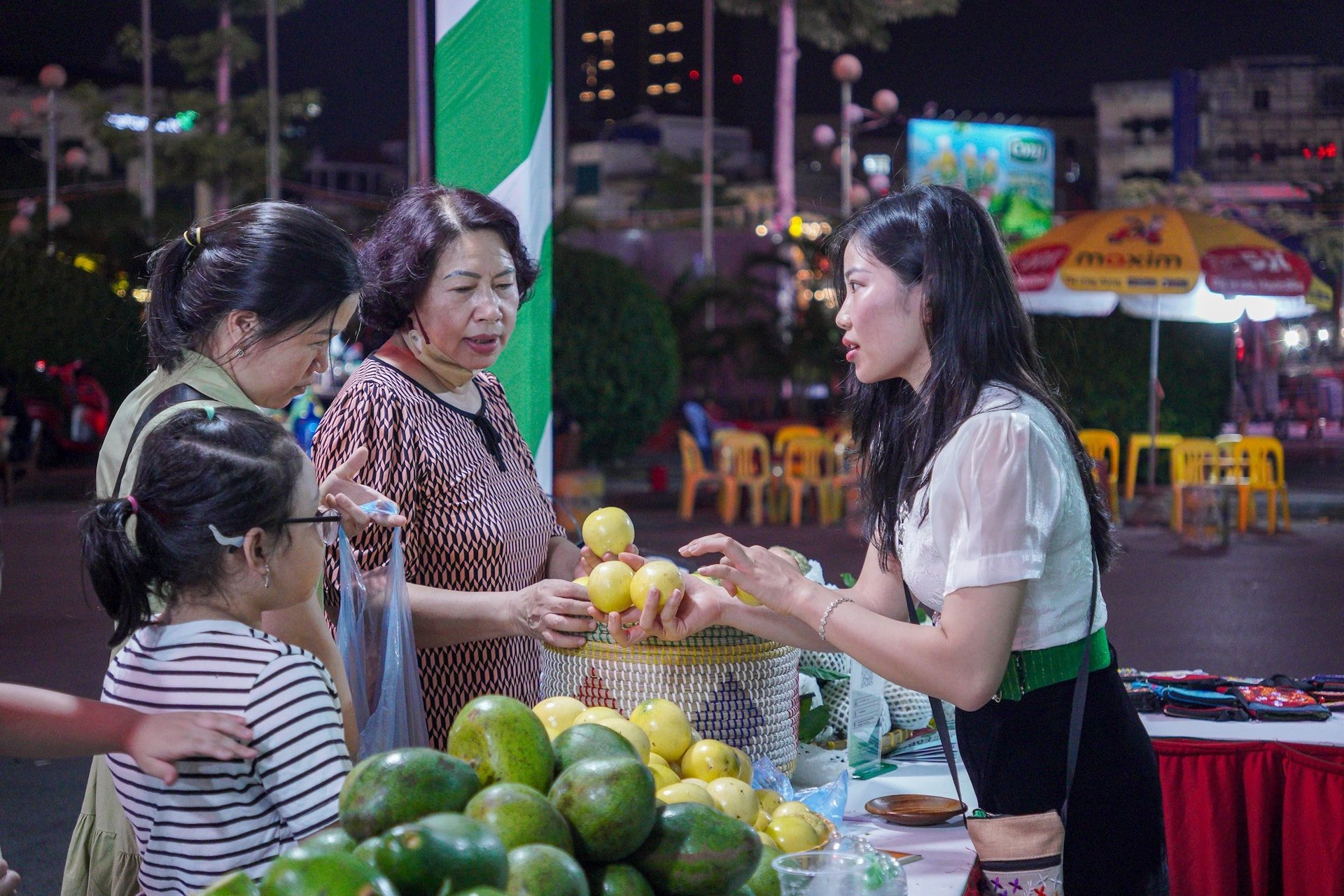
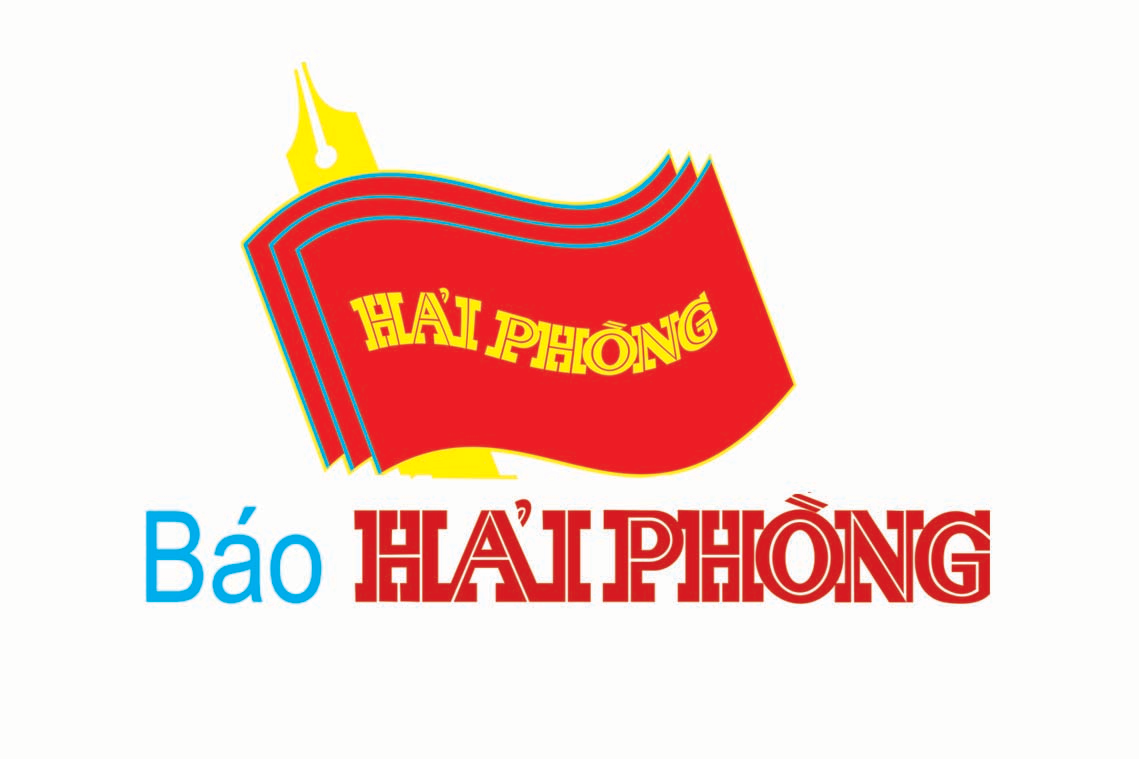







Comment (0)